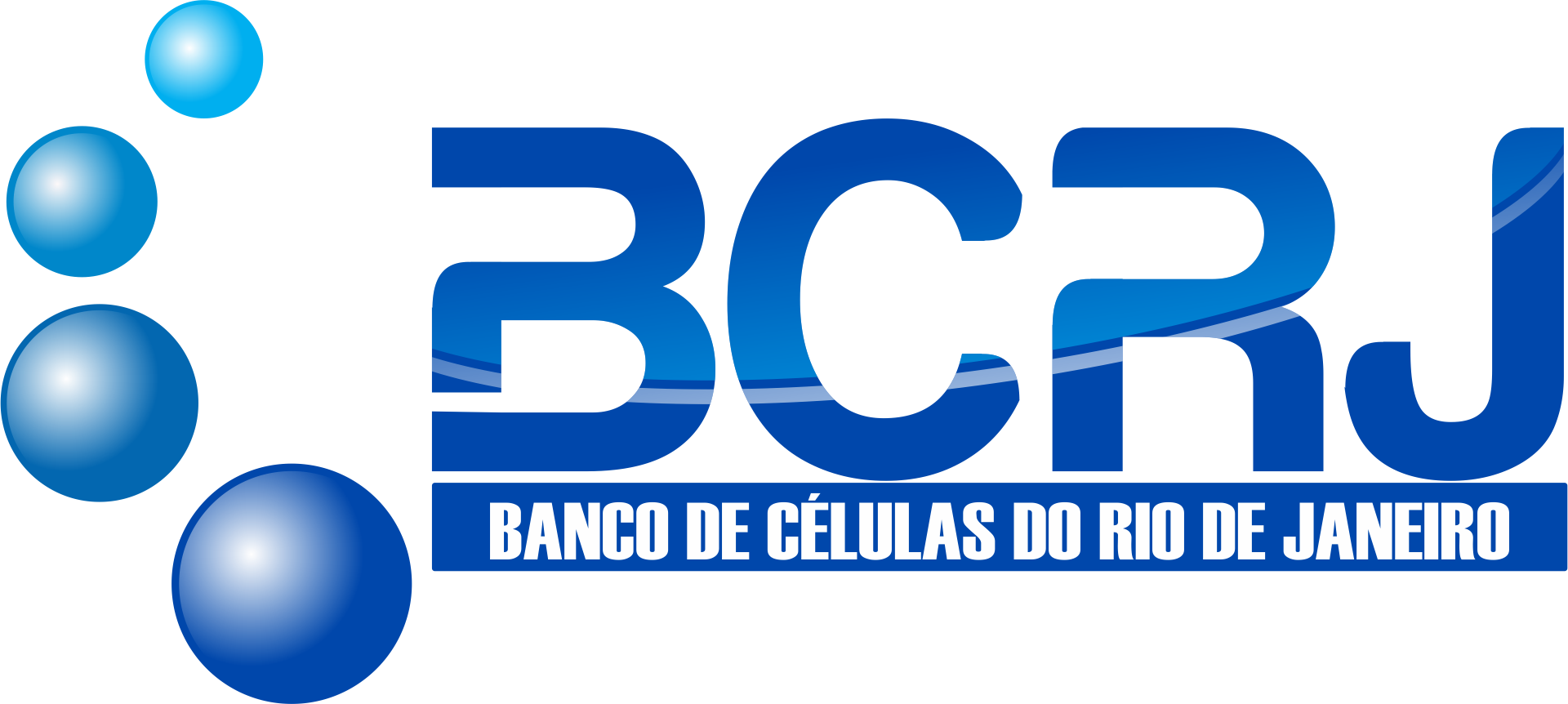| BCRJ Code | 0153 |
| Cell Line | M1/9.3.4.HL.2 |
| Species | Rattus norvegicus (B cell); Mus musculus (myeloma), rat (B cell); mouse (myeloma) |
| Vulgar Name | Rat/Mouse |
| Tissue | Spleen |
| Cell Type | Hybridoma: B Lymphocyte |
| Morphology | Lymphoblast |
| Growth Properties | Suspension |
| Derivation | Rats were immunized with C57BL/10 mouse spleen cells enriched for T lymphocytes. Spleen cells were fused with NS-1 myeloma cells. The antibody reacts with an antigen, CD45, present on mouse lymph node and spleen cells but not on brain, kidney, liver or red blood cells. It antibody reacts with all isoforms of CD45. The CD45 antigen is common to all lines of leukocyte differentiation. |
| Applications | The antibody reacts with an antigen, CD45, present on mouse lymph node and spleen cells but not on brain, kidney, liver or red blood cells. It antibody reacts with all isoforms of CD45. The CD45 antigen is common to all lines of leukocyte differentiation. |
| Products | immunoglobulin; monoclonal antibody; against mouse common leukocyte antigen (200000 dalton, CD45). Genes Expressed: immunoglobulin; monoclonal antibody; against mouse common leukocyte antigen (200000 dalton, CD45) |
| Biosafety | 1 |
| Culture Medium | Dulbecco's Modified Eagle's Medium (DMEM) modified to contain 2 mM L-glutamine, 4500 mg/L glucose and fetal bovine serum to a final concentration of 10%. |
| Subculturing | Protocol: Cultures can be maintained by the addition of fresh medium or replacement of medium. Alternatively, cultures can be established by centrifugation with subsequent resuspension at 1 to 2 X 10(5) viable cells/ml. |
| Subculturing Medium Renewal | Every 2 to 3 days |
| Subculturing Subcultivation Ratio | Maintain cell density between 1 X 10(5) and 1 X 10(6) viable cells/ml. |
| Culture Conditions | Atmosphere: air, 95%; carbon dioxide (CO2), 5% Temperature: 37°C |
| Cryopreservation | 95% FBS + 5% DMSO (Dimethyl sulfoxide) |
| Thawing Frozen Cells | SAFETY PRECAUTION:
It is strongly recommended to always wear protective gloves, clothing, and a full-face mask when handling frozen vials. Some vials may leak when submerged in liquid nitrogen, allowing nitrogen to slowly enter the vial. Upon thawing, the conversion of liquid nitrogen back to its gas phase may cause the vial to explode or eject its cap with significant force, creating flying debris.
NOTE: It is important to avoid excessive alkalinity of the medium during cell recovery. To minimize this risk, it is recommended to place the culture vessel containing the growth medium in the incubator for at least 15 minutes before adding the vial contents. This allows the medium to stabilize at its normal pH (7.0 to 7.6). |
| References | Springer T, et al. Monoclonal xenogeneic antibodies to murine cell surface antigens: identification of novel leukocyte differentiation antigens. Eur. J. Immunol. 8: 539-551, 1978. PubMed: 81133 Stern PL, et al. Monoclonal antibodies as probes for differentiation and tumor-associated antigens: a Forssman specificity on teratocarcinoma stem cells. Cell 14: 775-783, 1978. PubMed: 567532 Springer TA. Monoclonal antibody analysis of complex biological systems. Combination of cell hybridization and immunoadsorbents in a novel cascade procedure and its application to the macrophage cell surface. J. Biol. Chem. 256: 3833-3839, 1981. PubMed: 7217058 Luqman M, et al. Differential expression of the alternatively spliced exons of murine CD45 in Th1 and Th2 cell clones. Eur. J. Immunol. 21: 17-22, 1991. PubMed: 1671357 Springer TACell -surface differentiation in the mouse: Characterization of Jumping and Lineage antigens using xenogeneic rat monoclonal antibodiesIn: Springer TAMonoclonal AntibodiesNew YorkPlenum Presspp. 185-217, 1980 Milstein C, et al. Monoclonal antibodies and cell surface antigens. Cell Biol. Int. Rep. 3: 1-16, 1979. PubMed: 88272 |
| Depositors | Banco de Células do Rio de Janeiro |
| Cellosaurus |



